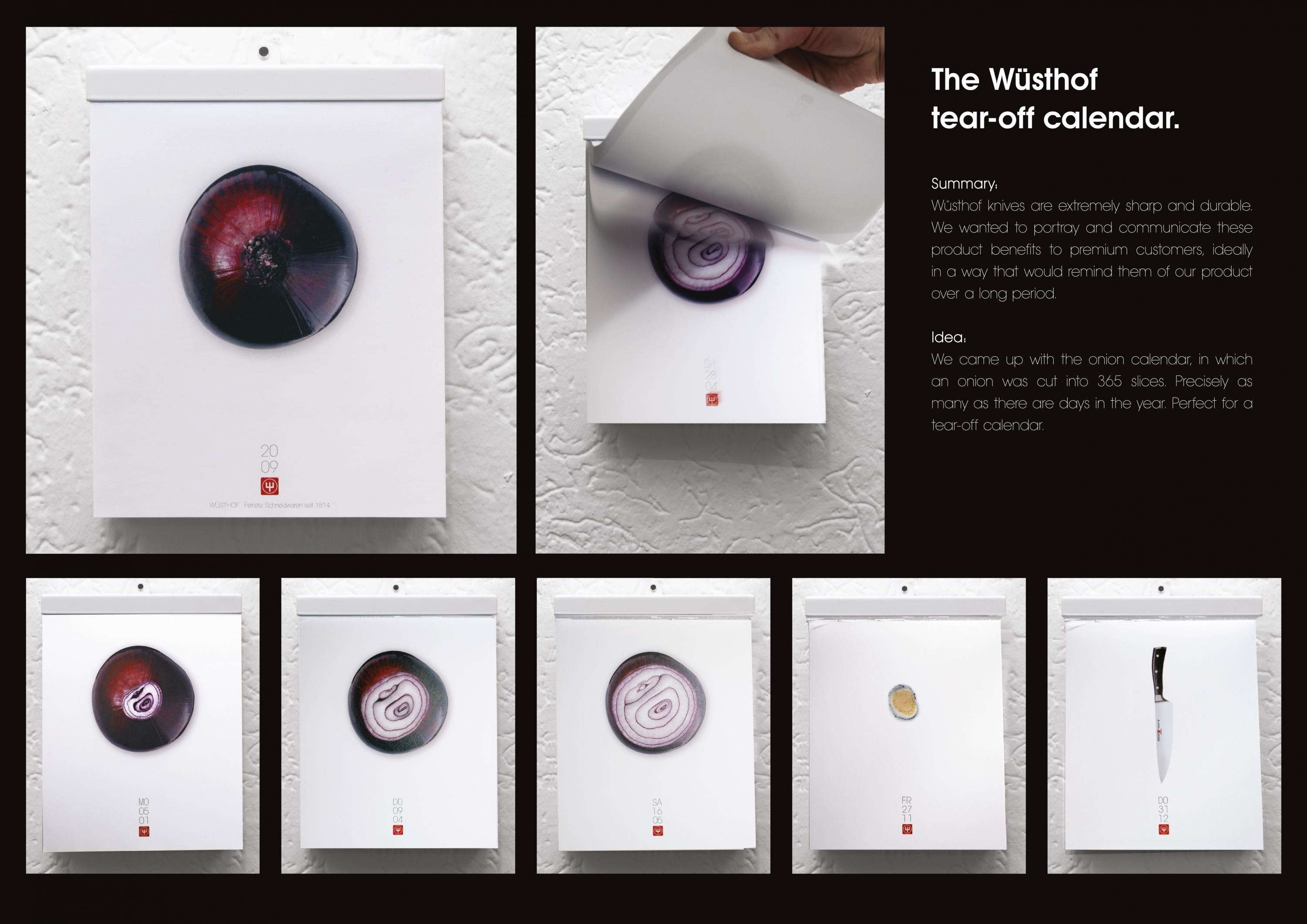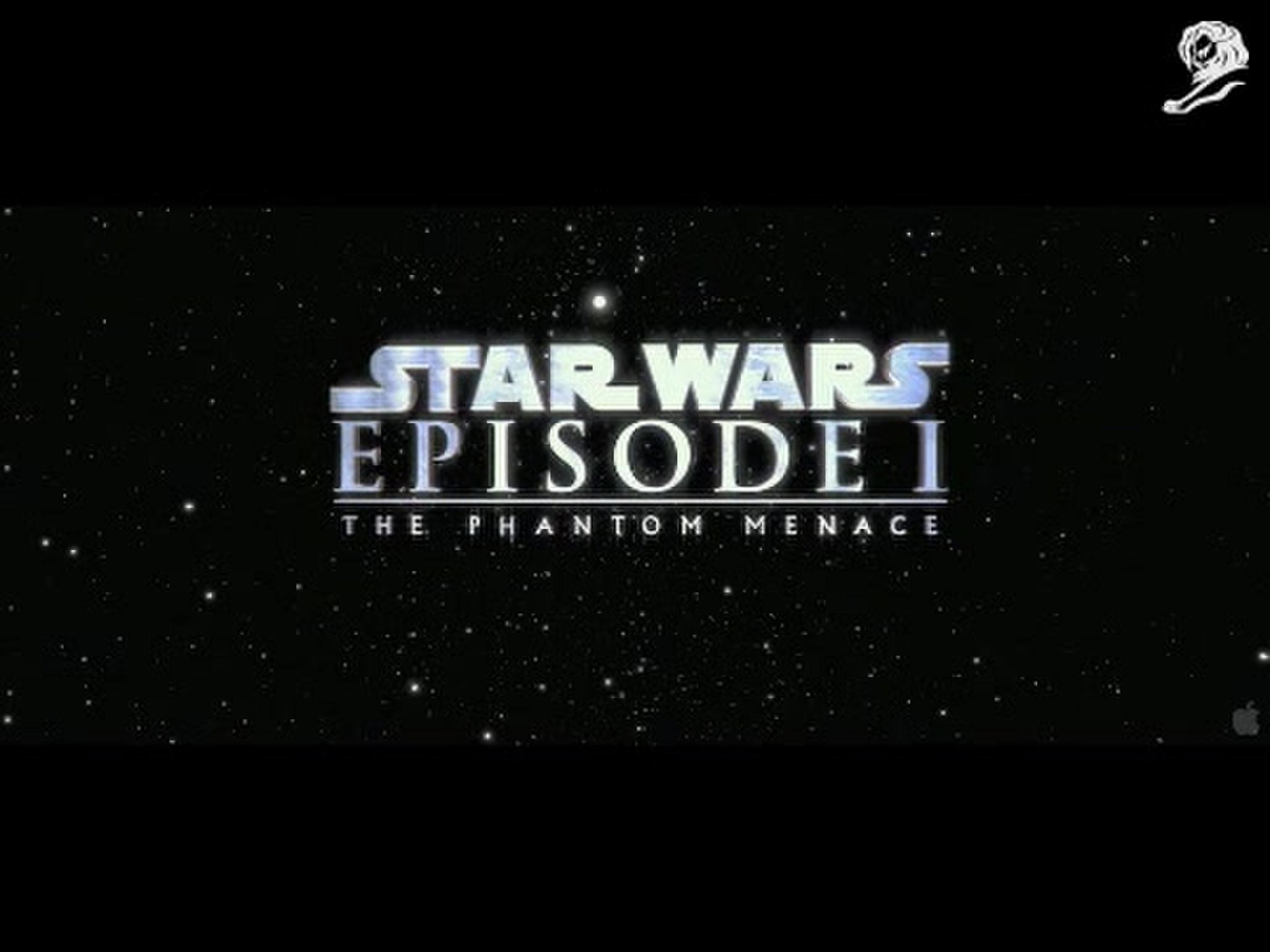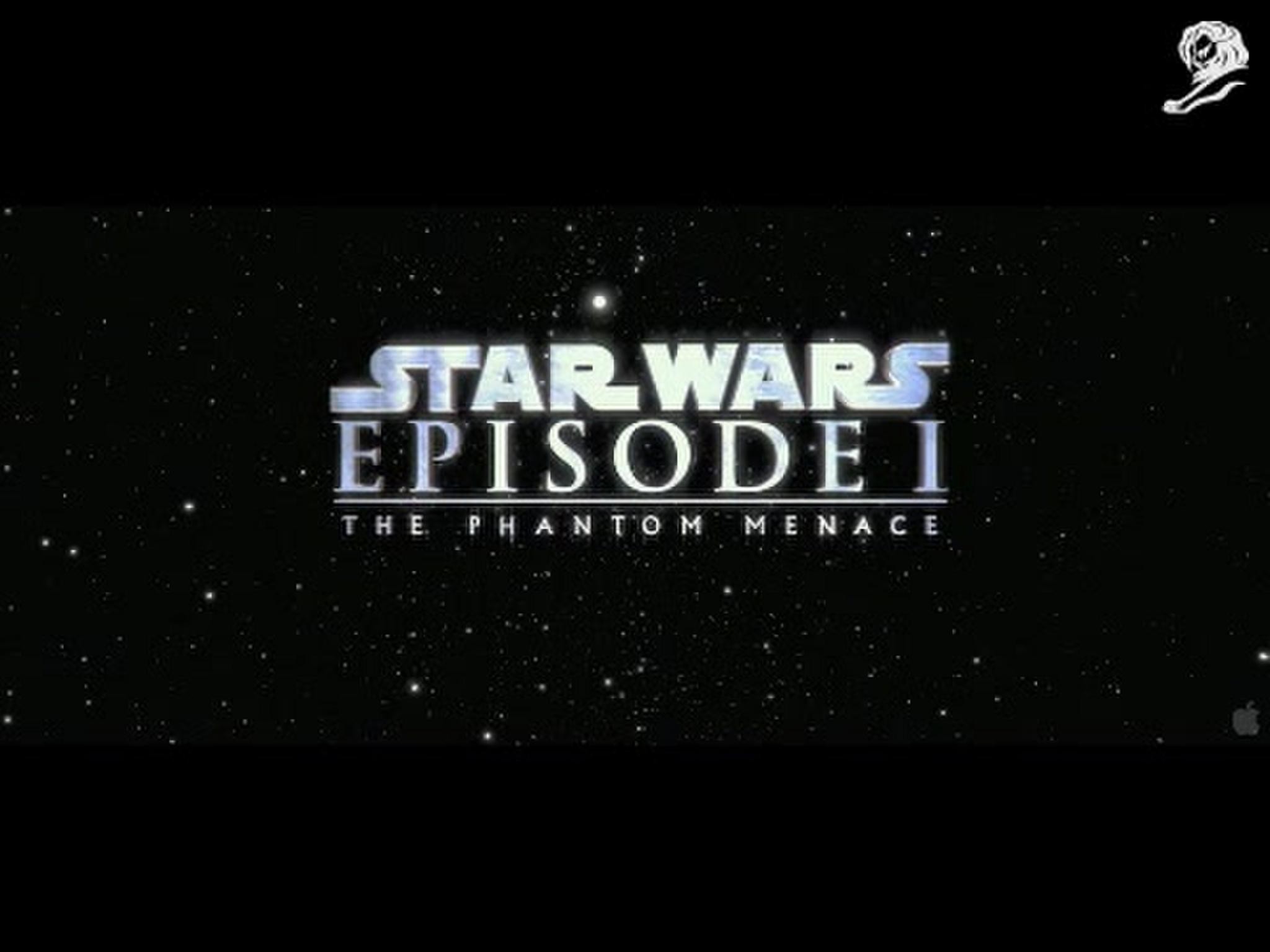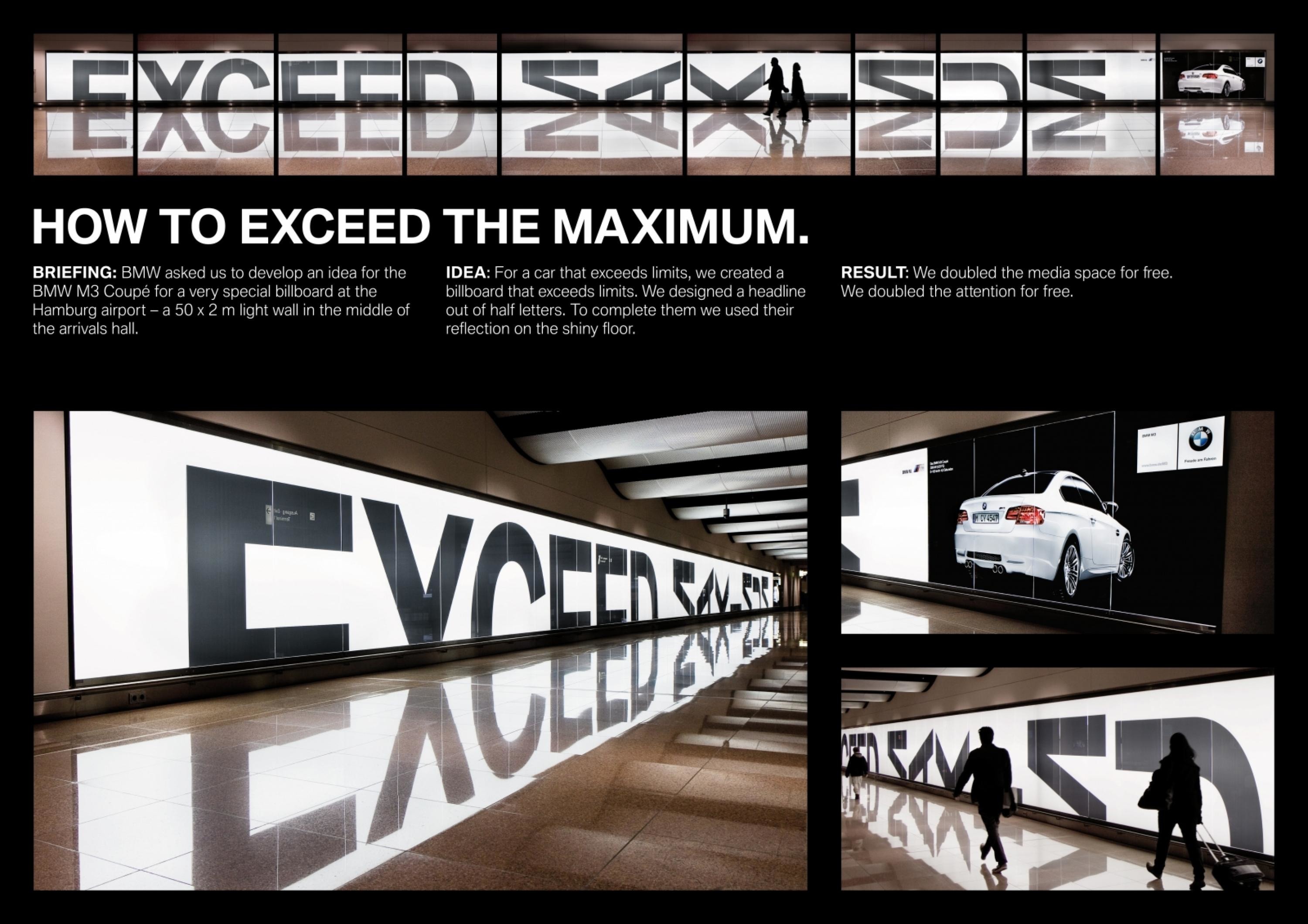Design > Brand Building
855-HOW-TO-QUIT-(OPIOIDS)
SERVICEPLAN, Munchen / ANZEN HEALTH / 2024
Awards:
Gold Cannes Lions

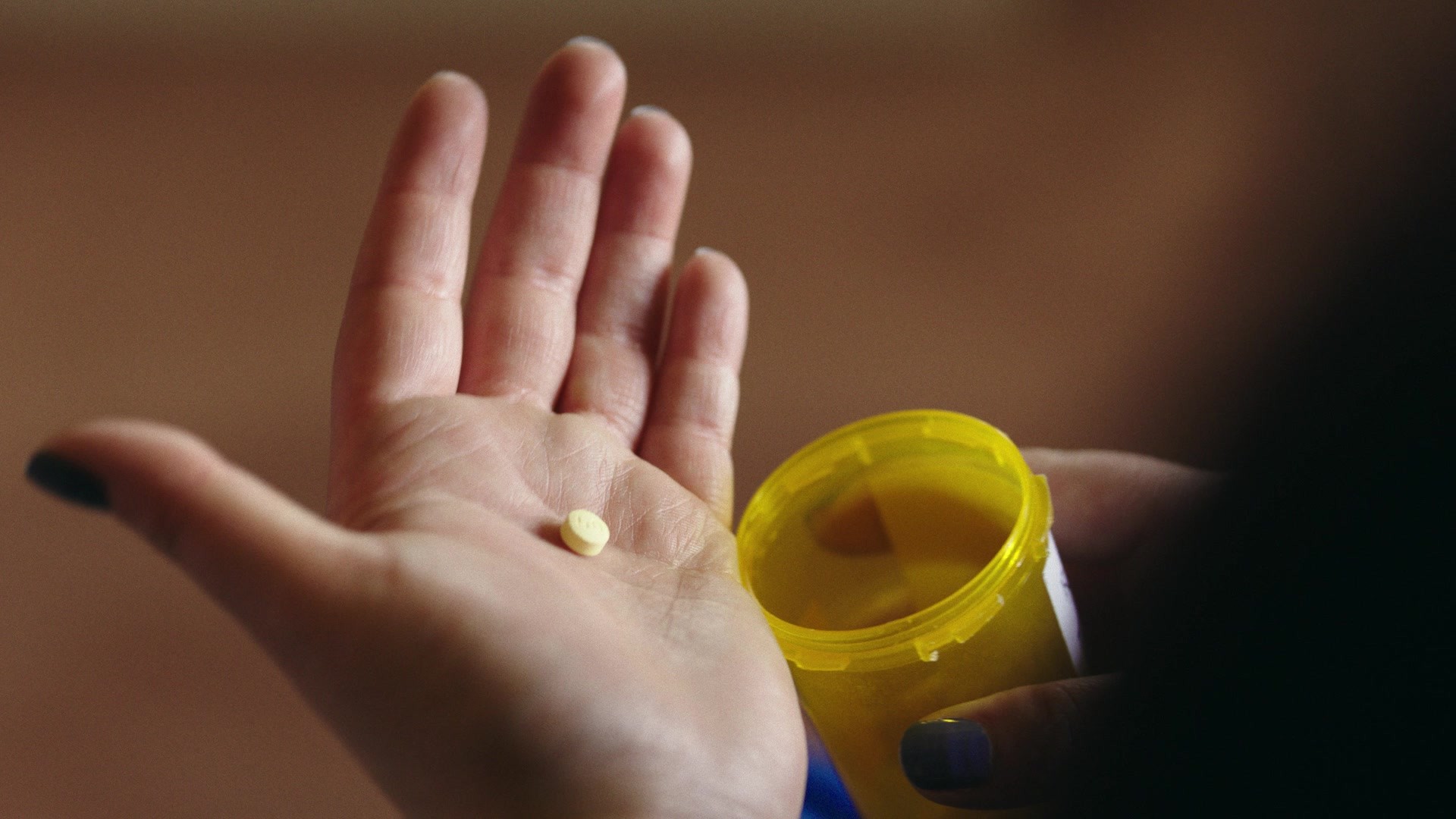
1 of 0 items
Overview
Credits
More Entries from Design-Driven Effectiveness in Design
24 items
More Entries from SERVICEPLAN
24 items




